
Fast forward a few years…one day as I was out doing my weekly grocery shopping, I noticed a new breed of bottled water was on display. In addition to my regular "spring" water, "drinking" and "distilled" water bottles were now available for purchase. Ever since then I have wondered what the heck the difference is—so this week I decided to do a little digging and find out. I hope my research results are also helpful to you as we continue to shop – and save – together!
The 411 on bottled water
As of 2012, Business Insider states that sales of "bottled water" are nearing the $12 billion mark annually. That's a lot of dough to shell out for something that comes right out of your tap at home (at an average estimated cost of $1-$2 per gallon of tap water).
Here’s the lowdown on what each bottle label means and where the water inside comes from.
- Purified: Purified water has been treated in order to remove pathogens, chemicals, and microbes. Distillation is one type of purification (others include deionization and reverse osmosis).
- Distilled: Distilled water has been boiled to remove microbes and other pathogens.
- Spring: Spring water has been collected from an underground spring—either at the source of the spring or at a point along the travel path underground.
- Artesian Spring: Artesian spring water is from a specific type of spring that’s underground and enclosed at a certain level by natural formations.
- Mineral: Mineral water is ground water that contains a certain percentage of minerals when collected from the water source.
- Drinking: A.K.A P.W.S.—Public Water Source—drinking water is simply tap water in disguise, typically with minerals added in to enhance taste.
Bottle-to-bottle price comparison
Bottle-to-bottle, here’s what you can expect to spend for a flat of each type of bottled water (pricing estimates gathered from Amazon grocery online).
- Purified
- Brand: Dasani
- Price: $13.56 (24pk, 16.9 oz bottles)
- Price Per Bottle: $0.57
- Distilled
- Brand: Glaceau (Smartwater)
- Price: $19.95 (24pk cost, 16.9 oz bottles)
- Price Per Bottle: $0.83
- Spring
- Brand: Evian
- Price: $57.93 (24pk cost, 16.9 oz bottles)
- Price Per Bottle: $2.41
- Artesian Spring
- Brand: Fiji
- Price: $31.99 (24pk cost, 16.9 oz bottles)
- Price Per Bottle: $1.33
- Mineral
- Brand: Gerolsteiner
- Price: $43.95 (24pk cost, 16.9 oz bottles)
- Price Per Bottle: $1.83
- Drinking
- Brand: Dasani
- Price: $13.56 (24pk cost, 16.9 oz bottles)
- Price Per Bottle: $0.57
How to choose what to drink
With a baseline education on what all those fancy labels mean (and what you’re paying for when you buy one), the question now becomes—how do you choose what you drink, when and why? Here, the simplest answer comes down to budget…with a healthy side order of life balance.
After a workout
According to WebMD, if you regularly work out or play sports more than 60 minutes at a time, your body is losing not just hydration, but also minerals it needs to reabsorb and use the water you take in. So choose Distilled water, which includes added electrolytes.
At home
The truth is, up to 40% of all "branded" bottled waters come from the same water source that flows from your home tap! Having said that, however, it’s still important to find out what the safety rating is of your local tap water before making any hard and fast decisions. Here are some resources that can help.
- National Drinking Water Database: http://www.ewg.org/tap-water/whats-in-yourwater.php
- EPA's Local Drinking Water Information: http://water.epa.gov/drink/local/
If you find out your tap water is safe to drink, but you’re not fond of the "aftertaste" (this is caused by chlorine added to the water) just place a jug of tap water in your fridge for 24 hours. After this period of time, the chlorine taste will disappear.
Anytime
According to the Mayo Clinic, current estimates about daily water intake requirements can be misleading. For instance, adults are currently advised to take in eight 8 oz (64 oz total) glasses of water daily. But that water can also come from the water in coffee or tea and even soda. So you can reduce your daily water total by each 8 oz serving of any liquid you drink—meaning you need less water (inexpensive tap or expensive bottled) than you might think!
















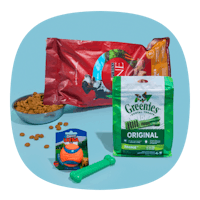


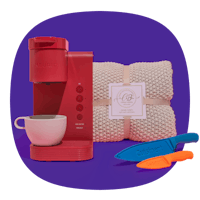
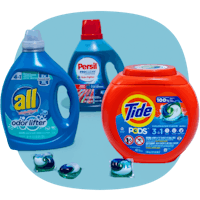


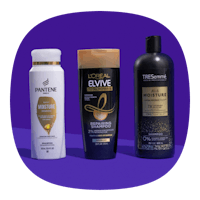
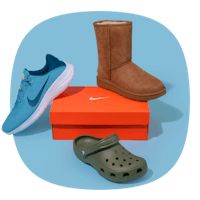



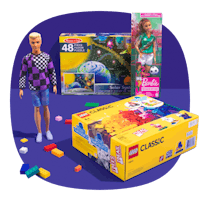

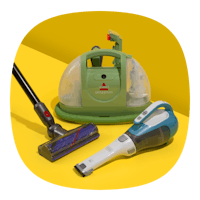
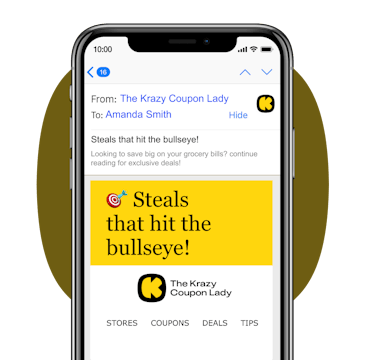
Tell us what you think